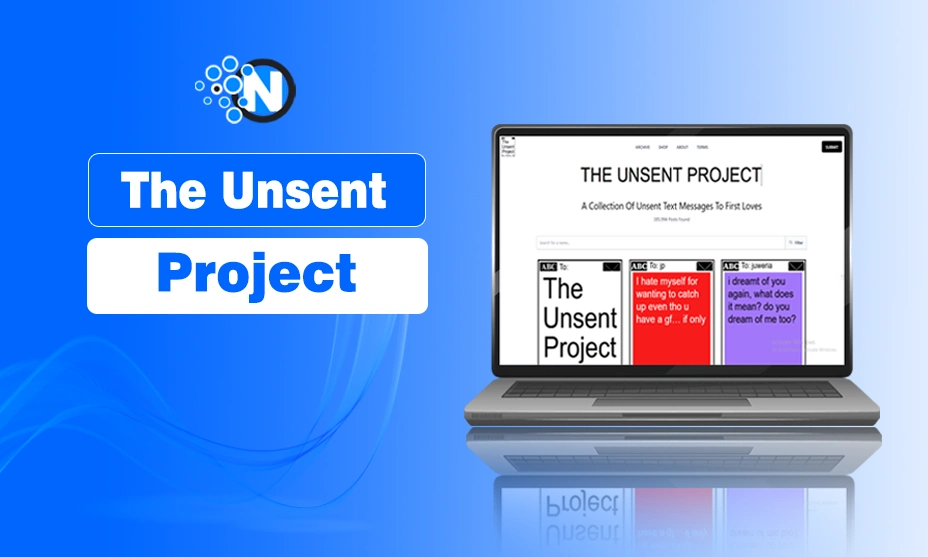1. Introduction: The Double-Edged Sword of Cymbalta
Cymbalta (duloxetine) is a serotonin-norepinephrine reuptake inhibitor (SNRI) commonly prescribed for depression, anxiety, and chronic pain. While effective for some, for others it has led to devastating consequences. This article explores the hidden side of Cymbalta through the lens of those who claim, “Cymbalta ruined my life.” With growing online testimonials and support group discussions, a critical examination of this drug’s long-term effects is long overdue.
2. What Is Cymbalta and Why Is It Prescribed?
Approved by the FDA in 2004, Cymbalta is prescribed to treat a range of conditions, including major depressive disorder, generalized anxiety disorder, fibromyalgia, diabetic nerve pain, and musculoskeletal pain. As a dual reuptake inhibitor, it works by increasing levels of serotonin and norepinephrine in the brain. While this mechanism offers relief to some, it can cause unpredictable chemical changes for others—leading to severe emotional, cognitive, and physical symptoms.
3. The Initial Relief: How Cymbalta Seemed Like a Miracle
Many people begin their journey with Cymbalta on a hopeful note. Within weeks, mood and energy levels may improve, and physical pain may lessen. It’s not uncommon for users to describe a sense of “normalcy” returning. Unfortunately, the honeymoon phase can be short-lived. Some patients report diminishing benefits over time, tolerance development, or the emergence of new side effects that outweigh any initial gains.
4. The Onset of Side Effects: When the Cure Becomes the Problem
As Cymbalta usage continues, a range of side effects may emerge. These can include insomnia, nausea, dizziness, fatigue, sexual dysfunction, and mood instability. For some, these symptoms are manageable, but for others, they become life-altering. Cognitive fog, emotional blunting, and a feeling of detachment from reality are frequently reported. Many users feel trapped between enduring these effects or facing the terrifying prospect of withdrawal.
5. The Withdrawal Nightmare: Cymbalta Discontinuation Syndrome
One of the most distressing aspects of Cymbalta is the withdrawal process, often referred to as Cymbalta Discontinuation Syndrome. Abruptly stopping or even tapering too quickly can lead to electric shock sensations (“brain zaps”), severe anxiety, depression, nausea, and suicidal ideation. Some people experience withdrawal symptoms lasting for months or even years, a phenomenon known as “protracted withdrawal.” This reality has led to lawsuits and calls for better medical guidance.
6. Emotional and Mental Health Consequences
Some patients report that Cymbalta worsened their mental health over time, leading to emotional instability, increased suicidal thoughts, and dissociation. The irony of taking an antidepressant that eventually causes deeper depression is not lost on many users. Emotional numbness and the inability to feel joy or sadness are common complaints, making recovery even more difficult.
7. Physical Toll: The Impact on the Body
In addition to psychological effects, Cymbalta has been linked to serious physical issues. These include increased blood pressure, liver damage, and gastrointestinal problems. Some users experience weight fluctuations, chronic fatigue, and even worsening of pre-existing conditions. The systemic nature of these side effects can lead to a general decline in health and vitality, further reinforcing the sentiment that Cymbalta caused more harm than good.
8. Relationships and Social Life in Ruin
The emotional blunting and irritability caused by Cymbalta can severely impact relationships. Some users report becoming withdrawn, apathetic, or even emotionally abusive without realizing it. Partners, friends, and family members may struggle to understand the personality changes, leading to isolation and social breakdowns. For some, the medication’s impact on relationships is one of the most painful consequences.
9. Legal and Medical Accountability
Cymbalta’s manufacturer, Eli Lilly, has faced criticism and lawsuits alleging that the company downplayed the severity of withdrawal symptoms in its marketing and product labeling. While some settlements have been reached, many feel that regulatory bodies and pharmaceutical companies have not done enough to protect patients. This lack of accountability has left thousands searching for support and validation outside the traditional medical system.
10. Finding Hope: Recovery and Support
Despite the harrowing experiences, many people have found ways to recover from Cymbalta’s impact. This often includes slow, medically supervised tapering, lifestyle changes, therapy, nutritional support, and connecting with support groups. Online communities have become vital lifelines for those going through withdrawal, offering hope and solidarity. While the journey can be long, recovery is possible—with the right help and persistence.
Conclusion:
Cymbalta has helped many people regain control of their mental health, but for others, it has led to profound and lasting damage. If you or someone you know is struggling with Cymbalta side effects or withdrawal, you’re not alone. Speak with a medical professional familiar with antidepressant withdrawal and seek out support communities. Sharing these stories is not about fear-mongering—it’s about ensuring informed consent and advocating for those who feel voiceless.
Also Read About: azmip





